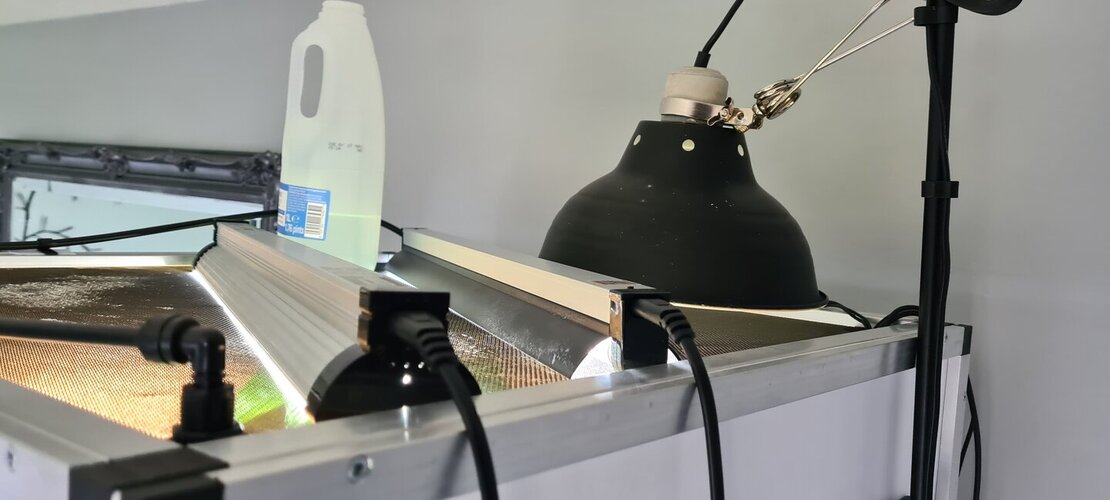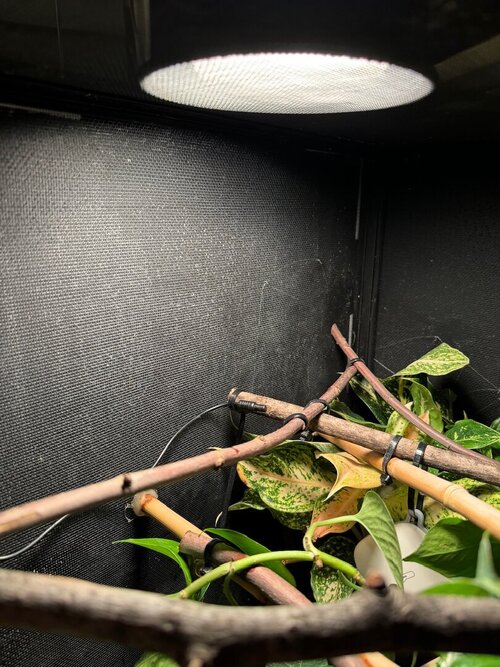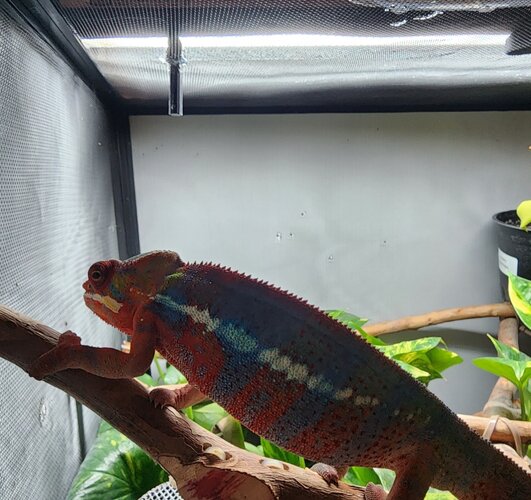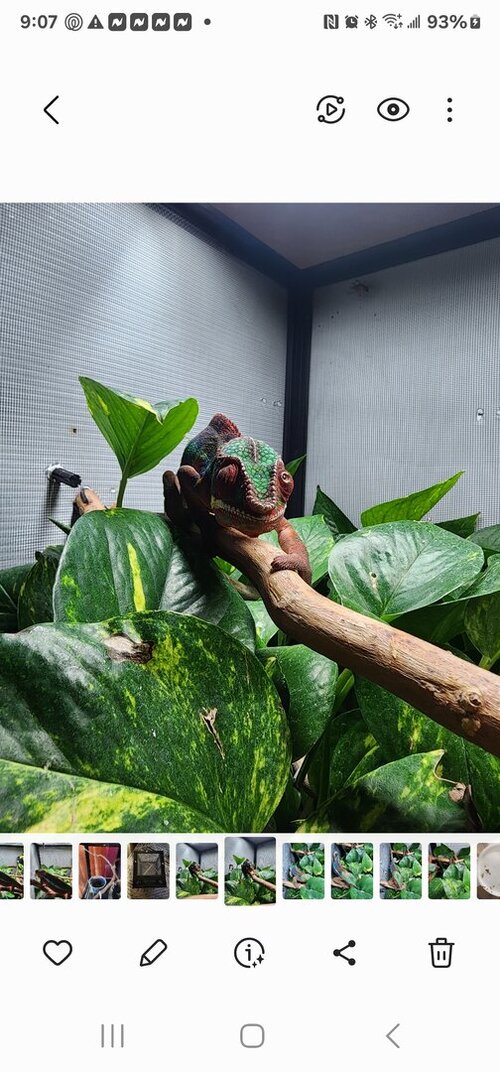naterowley
Established Member
Hi everyone!
I'm a new owner of a probe thermostat for my basking branch and all that fun jazz that dims the bulb when the temp isn't at the desired range mine is set to 85. It seems to be working great but I just realized something that happens which may be completely fine but I figured I'd at least bring up my observation. So when Grif is basking his body obviously covers up the probe, in turn making the probe not get hit by the light and lowering it's reading by a 3-5 degrees I've noticed. Any one else experience this and make an adjustment in anyway? I was thinking of lowering my temp to 82ish and then it should give leeway to not overheat him.
Thoughts?
REPTIZOO Reptile Light Fixture
Link above ^
I'm a new owner of a probe thermostat for my basking branch and all that fun jazz that dims the bulb when the temp isn't at the desired range mine is set to 85. It seems to be working great but I just realized something that happens which may be completely fine but I figured I'd at least bring up my observation. So when Grif is basking his body obviously covers up the probe, in turn making the probe not get hit by the light and lowering it's reading by a 3-5 degrees I've noticed. Any one else experience this and make an adjustment in anyway? I was thinking of lowering my temp to 82ish and then it should give leeway to not overheat him.
Thoughts?
REPTIZOO Reptile Light Fixture
Link above ^









